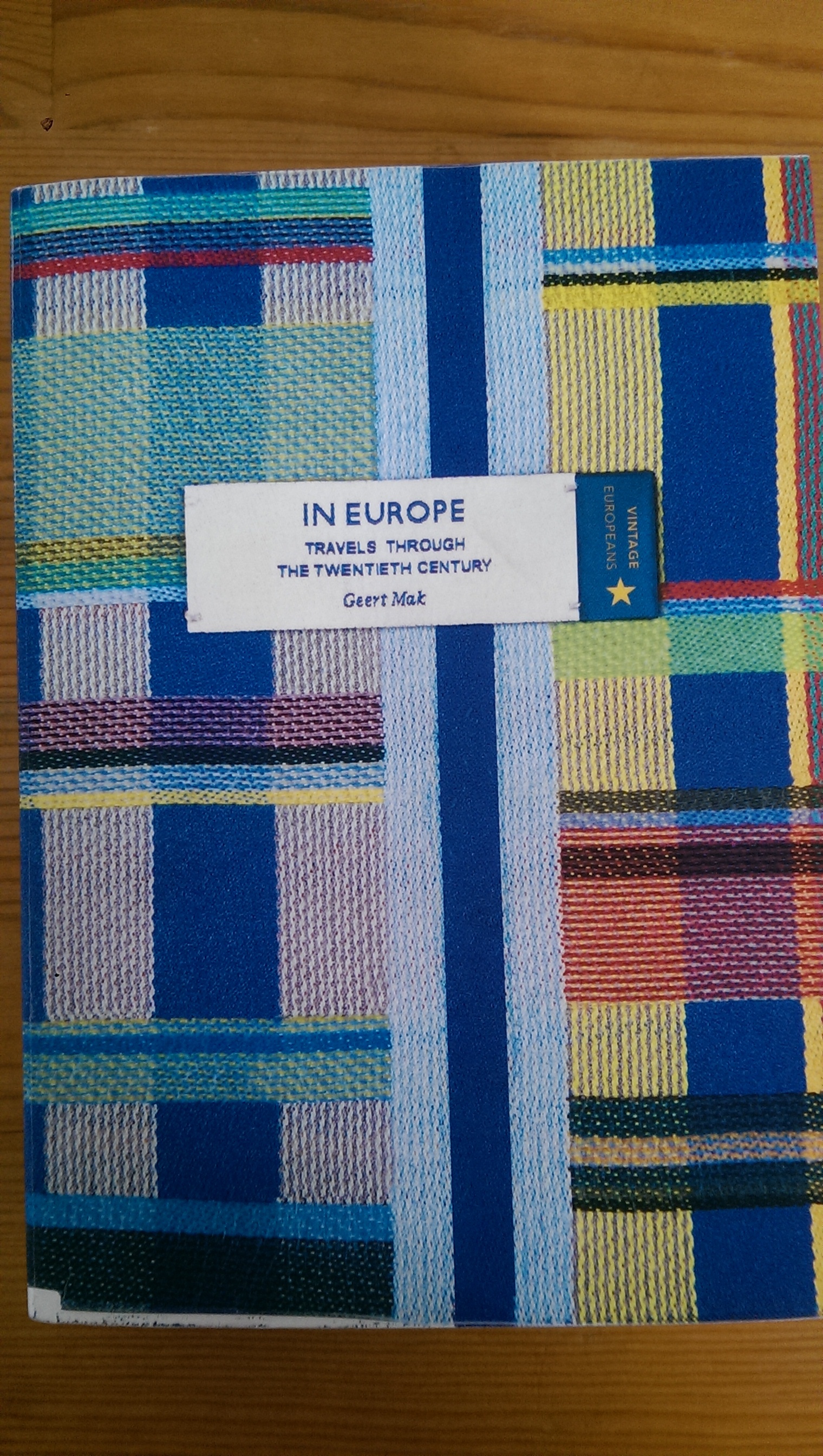Books - Read and Enjoyed
In Europe - Travels through the twentieth century
Penguin, Vintage Classics, 2007
by Geert Mak (tranlated into English by Sam Garrett)

In Europe tells the story of two journeys: the journey of Geert Mak through the Europe of 1999, and the journey of Europe through the twentieth century. The journey of Geert Mak took up most of the year 1999 and each day a short update on it was published in the newspaper NRC Handelsblad. We follow him through almost every corner of Europe, from London to Istanbul and from Moscow to Guernica. In the same time, Europe is transformed from a collection of empires, whose aristocratic leaders were often closer to each other than to their peoples, to a collection of new democracies, struggling to ride the afterwaves that the twentieth century left behind.
The book comprises 66 chapters, each associated to a place in Europe and an episode in time. We follow Gert Maak as he visits monuments and historic sites, and talks to many people that, from different perspectives, are connected to the places and historic events. For example, we meet Arlette Gondrée who was the first child in Western Europe liberated by the Allied forces in 1944, and she still runs her families dance café (the first liberated house), where D-Day veterans still met in 1999. Or, we hear from senior politicians that accompanied and shaped the project of European political unity from its starts. We hear from partisans of the Balkan wars and people still living in the mostly abandoned forests around Chernobyl.
At the same time, the historic facts and numbers are given and the bigger transforming forces at work are discussed. This combination of high level information and specific stories, combined with the journey of Maak that also, to some extent, tells the story of where the places he visits stand in 1999, works out very well.
The great wars take a big part of the book, as they arguably should in a story of the twentieth century. We learn a lot about the political intricacies between England and America, the difference between Frances Vichy regime and Italy under Berlusconi, and how most brutaly the second world war hit eastern Europe.
At points the observations that Mak makes on his journey about the peoples and places of 1999 Europe he sees seem a bit simplified and shallow. In the end, no single person can have a good understanding of all parts of Europe. The stories of the people that he meets and of the historic figures are stronger - and they are the important part of the book. Still the journalistic account of 1999 Europe and the great journey that it is based upon is remarkable and very interesting, especially from todays perspective, 20 years onwards.
(SJ May 2020)
